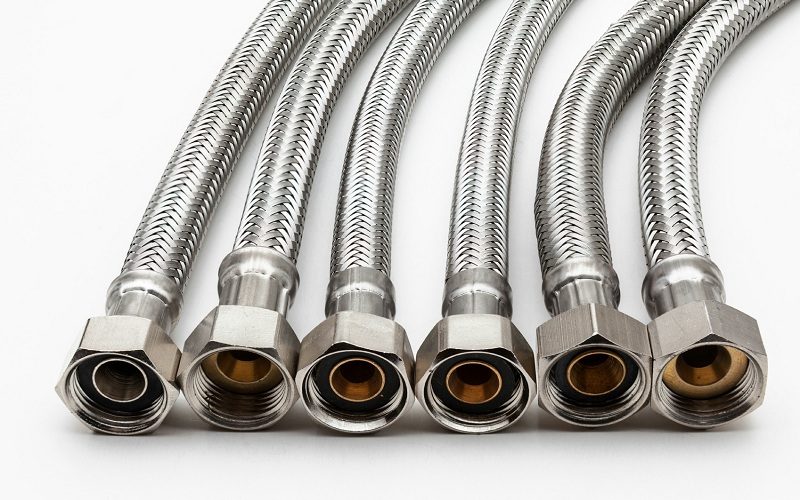In every industry, on every continent, flexible hoses are an invaluable part of business infrastructure. They carry everything from milkshakes to molten steel and from natural gas to pure bromine, in the petrochemical industry, the steelmaking industry, the automotive industry, the food industry, the aerospace and defence industries and hundreds more. What makes these components so versatile and so commonly used? What aspects do they have that lend themselves to use in every aspect of industry? The following five reasons might go a small way to explaining their popularity, but surely won’t explain the entirety of what makes flexible hoses so sought-after.
- Allows Movement
A flexible hose is, first and foremost, flexible – so it is perfect for use in situations which require movement. Good examples include chemical dispensers which must be able to aim for different targets, and high-pressure water hoses, which must be moved around and flexed as part of their everyday operation. Flexible hoses are also crucial not just as conventional “hoses” but as crucial ways in which a pipeline may remain unbroken even at a joint or hinge – where rigid pipework along a framework, mechanical arm or other jointed structure needs to bend and move, it may be impossible to achieve this effect without a flexible hose to span the joint and connect the two pipes.
This effect is frequently seen in robotic arms which work with liquids, or on car braking systems, where the rigid brake pipes must somehow connect to the movable wheels without breaking the flow of brake fluid.
- Absorbs Vibration
As well as allowing movement, a flexible hose may also prevent it, by absorbing vibration in a system as it tries to travel from one area to another. For example, in a large-scale mining excavator, rigid piping can be used to effectively transport fluids from one area to another, but the engines and cutters of the machine generate enormous amounts of vibration which may damage the instruments in the driver’s pod or make the machine difficult to operate. By replacing the pipes with a length of flexible hose at “vibrational choke points” most of the vibration, which would have passed through rigid piping, is harmlessly diffused by the length of flexible hose.
This is often seen in home central heating systems, to stop vibrations from the boiler from transmitting through the entire house.
- Resists Impacts
A flexible hose is able to resist impacts in ways that a rigid pipe cannot. By flexing at the point of impact, it can maintain its structural integrity even in the face of an intense blow – like the proverb that “the proud oak breaks in the strongest winds, but the supple willow only bends”. By being flexible, it’s possible to resist greater force than a stiff pipe, which is crucial in vehicles and structures which are made to resist storms, falls and heavy seas.
- Extremely Versatile
With a variety of flexible hoses ranging from smooth-bore plastic pipes to braided steel high-pressure hose, flexible hoses are perfect for a huge range of tasks. Whether you need to reliably point high-pressure streams of caustic chemicals at a range of targets or deliver sauce to a piece of mass-production machinery, a flexible hose can help you.
- Incredible Variety
As mentioned above, there is incredible variety in flexible hose construction and properties. No matter what you need, a flexible hose will be able to tackle your problem. Thanks to the variety in construction methods, materials science and configuration, the adaptability of flexible hoses is essentially limitless – the only limiting factor is your imagination!











